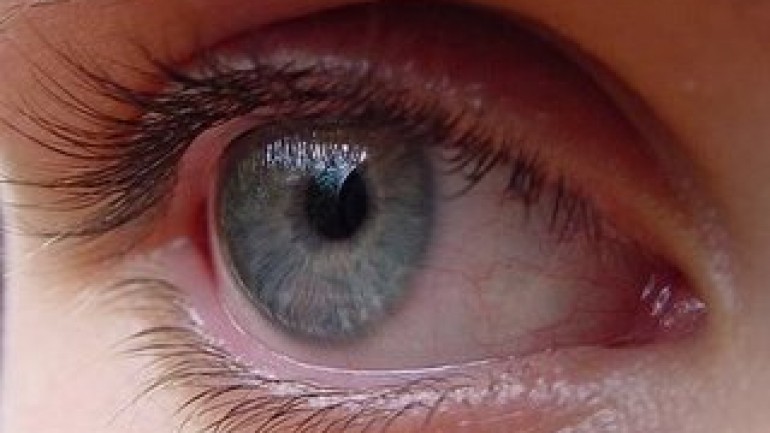Vision
We only see what our brains want us to see. Nigel Marven sets out to discover why we are excellent at seeing some things, but sometimes miss what’s right in front of our eyes.
Checking people out
Humans’ real speciality is checking each other out. We’re so good at it, we do it without even being aware of it. With the help of the latest eye-tracking technology and scientists from Sussex University, we show some unsuspecting volunteers what their eyes really get up to. We are also very skilled at gauging depth and distance. Nigel discovers how top baseball players manage to track a ball coming towards them at high speed. This skill is an extreme example of the basic hand/eye co-ordination that we all acquire as we grow up.
Limited vision
Almost a third of our entire brain is devoted to vision, but there’s a limit to how much our eyes observe. In a simple experiment in a busy shopping centre, Nigel asks shoppers for directions and then switches places with someone else while the shopper is distracted. Most people failed to notice the switch and carried on giving directions. Dr Richard Wiseman of the University of Hertfordshire, explains that people’s brains weren’t paying attention to who was asking the questions because they were just concentrating on getting the directions right. So, ultimately, we only see what our brains want us to see.
Touch
Humans are very sensitive to touch, but different parts of our body have different sensitivities. Nigel demonstrates that when it comes to our sense of touch, humans are similar to elephants.
Touch sensitivity
We have a few areas where we are extremely sensitive, just like the elephant’s trunk. The rest of our body is surprisingly insensitive, like the elephant’s thick hide. The different density of touch sensors in the skin in different parts of the body explains why some parts of the body seem to have a much lower pain threshold. A microscopic splinter in a finger can be extremely painful, while a cut on your leg may not hurt as much. Ultimately, pain involves much more than what’s happening with the touch sensors in the skin. It has a lot to do with what’s going on in the brain. At University College London, Professor Tony Dickenson has devised an experiment using mild electric shocks, which reveals how much more painful something will feel if you believe it is going to hurt ? and how painless it is, if you think you’ve taken a painkiller.




Very interesting, especially the test in the bar.